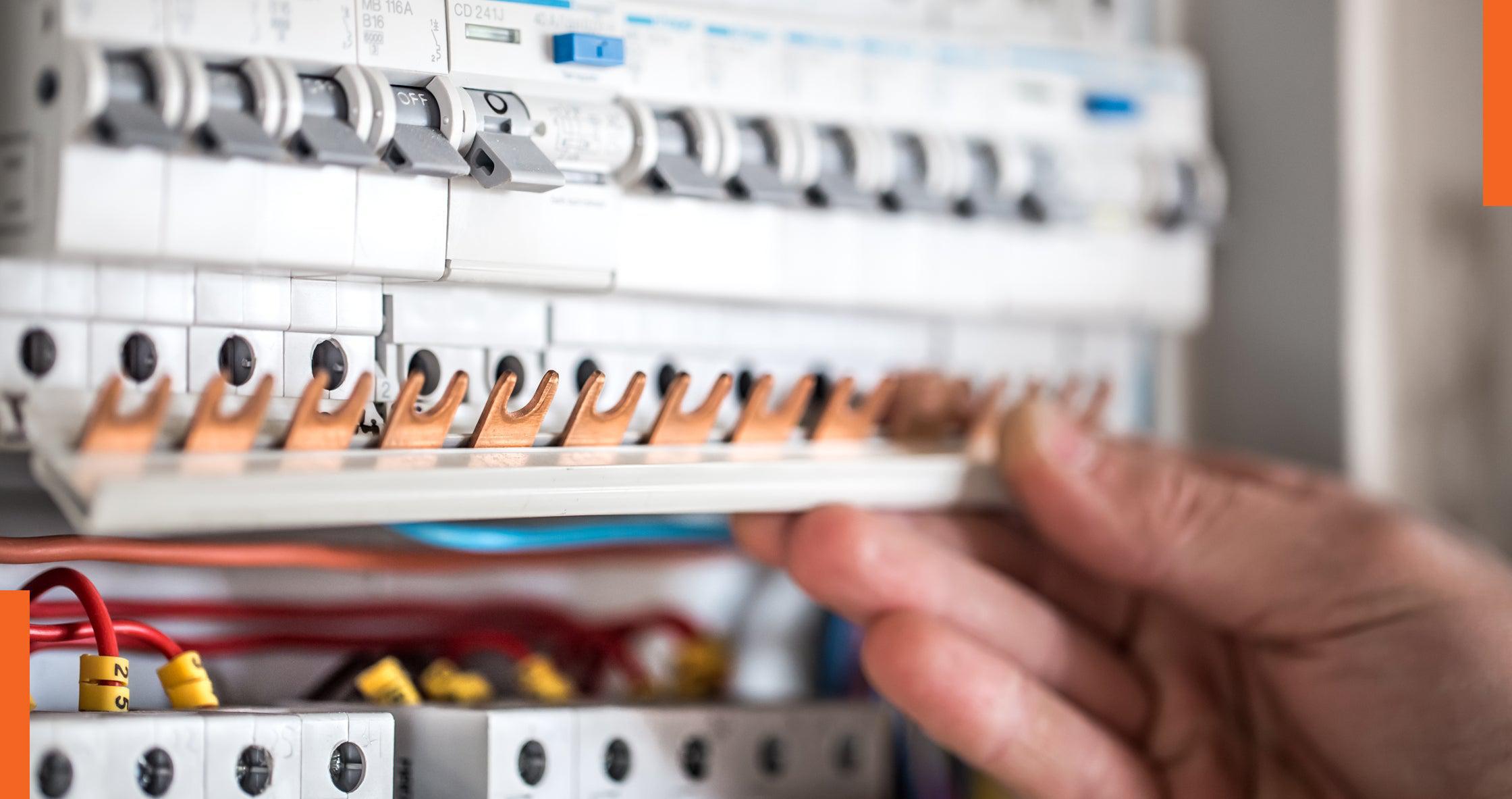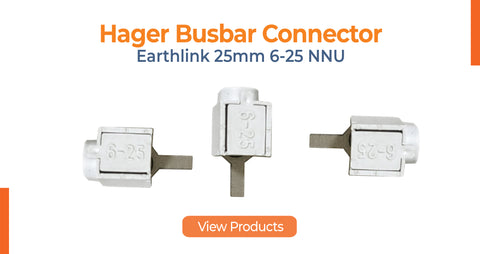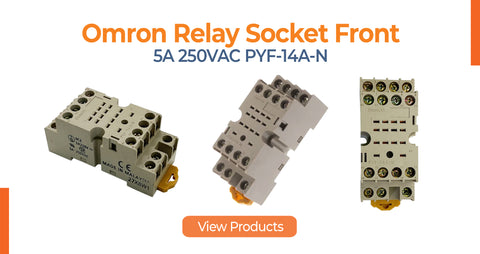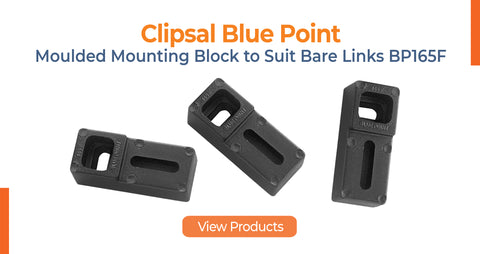Introduction
Understanding power distribution boards is crucial for ensuring electrical systems' safety, efficiency, and reliability. As electricians, we must be knowledgeable about these boards and their critical components.
This article delves into their anatomy and functions, explores different types, and provides safe and responsible use guidelines. Knowing how to use protective devices like circuit breakers and fuses prevents overloads, electrical fires, and equipment damage. Proficiency in distribution boards simplifies inspections, maintenance, and troubleshooting and ensures legal compliance, emergency preparedness, and sustainability.
What is a Power Distribution Board?
Power distribution boards, also known as a panelboard or fuse box, is a crucial component in both commercial and residential electricity supply systems.
It acts as a central hub that connects the main power cable and facilitates the efficient distribution of electric power to various circuits while ensuring safety.
It uses breakers or protective fuses to protect the electrical system and connected devices from overcurrent, short circuits, and faults.
Distribution boards are customizable and can incorporate increased safety features as necessary. They connect multiple circuits across diverse applications, enabling organized and controlled electricity distribution while maintaining safety and reliability.
Inside a Power Distribution Board
Let's explore the anatomy of a power distribution boards. A power distribution board is not just a simple box but a complex assembly of components that work together to ensure safe and efficient electricity distribution.
Each component is crucial, from the power source connection to circuit protection, control, and monitoring.
Let's dive deeper into these critical components and understand their functions:
Input Power Connection:
This is where the primary electrical power source is connected to the power distribution board. The input power connection could be a mains or generator feed. It typically includes connectors or terminals for safe power connection and disconnection.
Main Circuit Breaker or Main Switch:
This component serves as a safety mechanism to disconnect power from the entire distribution board. It protects the board and its connected loads from overcurrent or short-circuit conditions. It can have either manual operation or built-in protective features like thermal and magnetic trip mechanisms.
Busbars:
Busbars are conductive bars or strips that carry electrical current from the main power source to various branch circuits. They distribute power to different parts of the distribution board.
Circuit Breakers or Fuses:
These components protect individual branch circuits. Circuit breakers and fuses are designed to open or disconnect a specific circuit in case of overcurrent, preventing damage to connected equipment or wiring. Circuit breakers are reusable, while fuses typically need to be replaced after they "blow."
Distribution Points:
These are connection points where branch circuits or loads are connected to the distribution board. They can be in the form of terminals, terminal blocks, or busbar connectors.
Neutral and Ground Bars:
Distribution boards have separate bars for connecting neutral and ground conductors. The neutral bar is for the current-carrying conductor in an AC circuit, while the ground bar is for safety grounding to prevent electrical shock.
Surge Protection Devices:
Surge protectors are optional components that help protect the connected equipment from voltage spikes and transient surges. They divert excess voltage to the ground, safeguarding sensitive electronics.
Monitoring and Control Devices:
Some advanced distribution boards may include monitoring and control components, such as voltage and current meters, relays, timers, and communication interfaces for remote monitoring and control.
Enclosure:
The enclosure of the distribution board provides physical protection to the components inside and ensures safety. It often has a hinged or removable cover with transparent windows to view the components without opening the enclosure.
Labels and Markings:
Proper labelling is crucial to identify circuits, loads, and their corresponding circuit breakers or fuses. Clear markings help in troubleshooting, maintenance, and safety.
Types of Power Distribution Boards
Distribution boards come in different types, each designed with specific features for diverse purposes. Here are some of the key types:
Main Breaker Panel:
Main breaker panels are widely used in residential settings and are vital in safeguarding secondary electrical circuits. They not only protect circuits but also monitor the amperage flowing through them. By connecting power breakers, they prevent circuits from overheating, enhancing safety.
Main Lug Panel:
Main lug panels route electrical lines through lugs and connect circuit breakers to them. This design is beneficial during emergencies, as it helps determine if there is current flow in the upstream main power line. When an unusually high electrical load is detected, the power breaker triggers and the power meter swiftly reduces the current, ensuring safety.
Subpanels:
Subpanels are favoured for their safety features and compact design. They are typically connected to the main household power line and serve as distribution points to efficiently supply power to different house areas. This setup allows all connected appliances to operate smoothly, enhancing convenience and organization.
Fuse Boxes:
Fuse boxes, like main breaker panels, find common use in residential and commercial environments due to their cost-effectiveness. They are central control devices for distributing power from the main electrical supply to secondary circuits. A typical fuse box comprises components such as the main switch, male and female sockets, residual current devices, and circuit breakers. Fuse boxes are strategically located within buildings to serve their function and remain easily accessible during emergencies, ensuring electrical safety and circuit protection.
Safety and Power Distribution Boards
It is crucial to follow certain precautions to ensure efficient power distribution while keeping everyone safe. Here are some guidelines to help you use distribution boards responsibly and reduce the risk of accidents.
Protective Covering:
Always keep your distribution board covered when not in use to protect its wires and components from damage caused by moisture, humidity, and dust, which can lead to corrosion. Additionally, seal any unoccupied openings on the board with a blanking plate to increase its protective capabilities.
Strategic Location:
The location of your distribution board is critical. Avoid placing it where it may contact water, such as basements prone to moisture. Comply with relevant electrical codes, often recommending a height of around 2200 mm above the floor. Choose a discreet location out of the way of children, and that doesn't disrupt the interior aesthetics. Also, avoid placing it near fixed cooking appliances to minimize the risk of fire hazards.
Warning Signage:
Strengthen safety measures by affixing a warning sign to the doors of the concealed metal box housing the distribution board. This simple step can deter unauthorized access and accidental contact with potentially hazardous components, reducing the chances of accidents.
Identifying Potential Issues:
Be alert for warning signs of electrical problems. A burning smell emanating from the distribution panel is a critical fire hazard that requires immediate action. In such cases, turn off the power and seek professional assistance from a qualified electrician. If circuit breakers persistently trip, even after disconnecting appliances, it may indicate underlying faults or damage within your circuitry or distribution board. In such instances, consider replacement to prioritize safety.
Conclusion
Understanding power distribution boards is essential for efficient and safe electrical systems. This article has equipped you with knowledge of distribution boards' anatomy, functions, types, and safety guidelines. By making informed decisions and practising responsible usage, you can contribute to a safer and more reliable electrical environment.
References:
Precisionelectricals. (2021, March 5). Everything about distribution boards – uses, types & safety tips. Precision Electricals. https://precisionelectricals.com/everything-about-distribution-boards-uses-types-safety-tips/
What's The Use Of A Power Distribution Board and How Does It Work? (2022, December 2). Schneider Electric. https://eshop.se.com/in/blog/post/what-s-the-use-of-a-power-distribution-board.html
Different types of electrical distribution board. (2023, March 16). Schneider Electric. https://eshop.se.com/in/blog/post/different-types-of-electrical-distribution-board.html
A Step By Step Guide To Power Distribution Boards - Bensons Panels. (n.d.). Bensons Panels. https://bensonspanels.co.uk/news-articles/a-step-by-step-guide-to-power-distribution-boards





